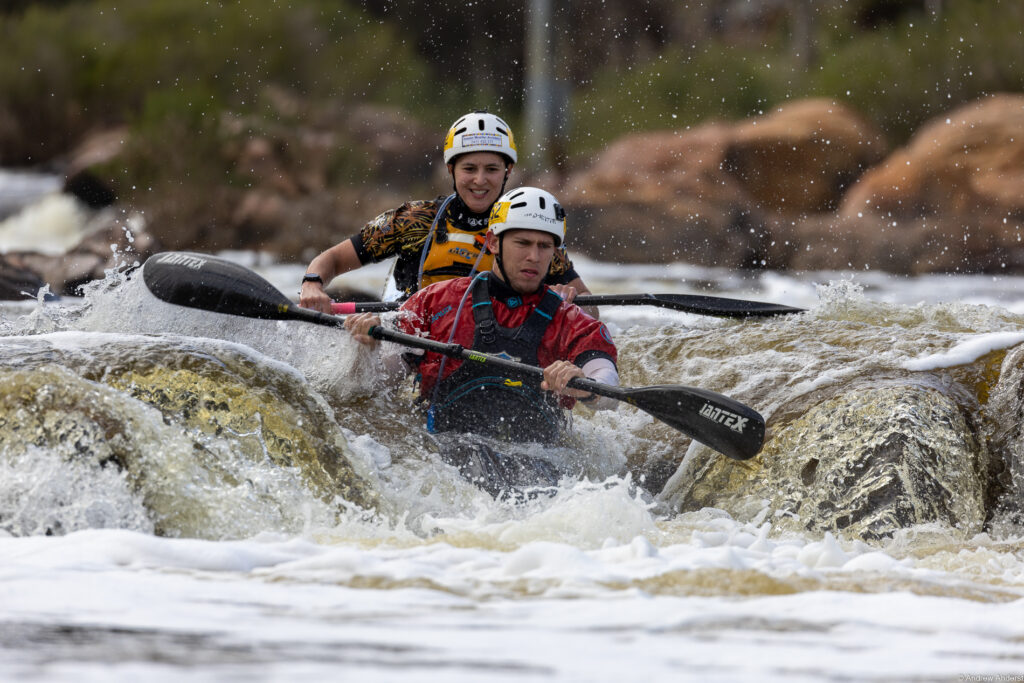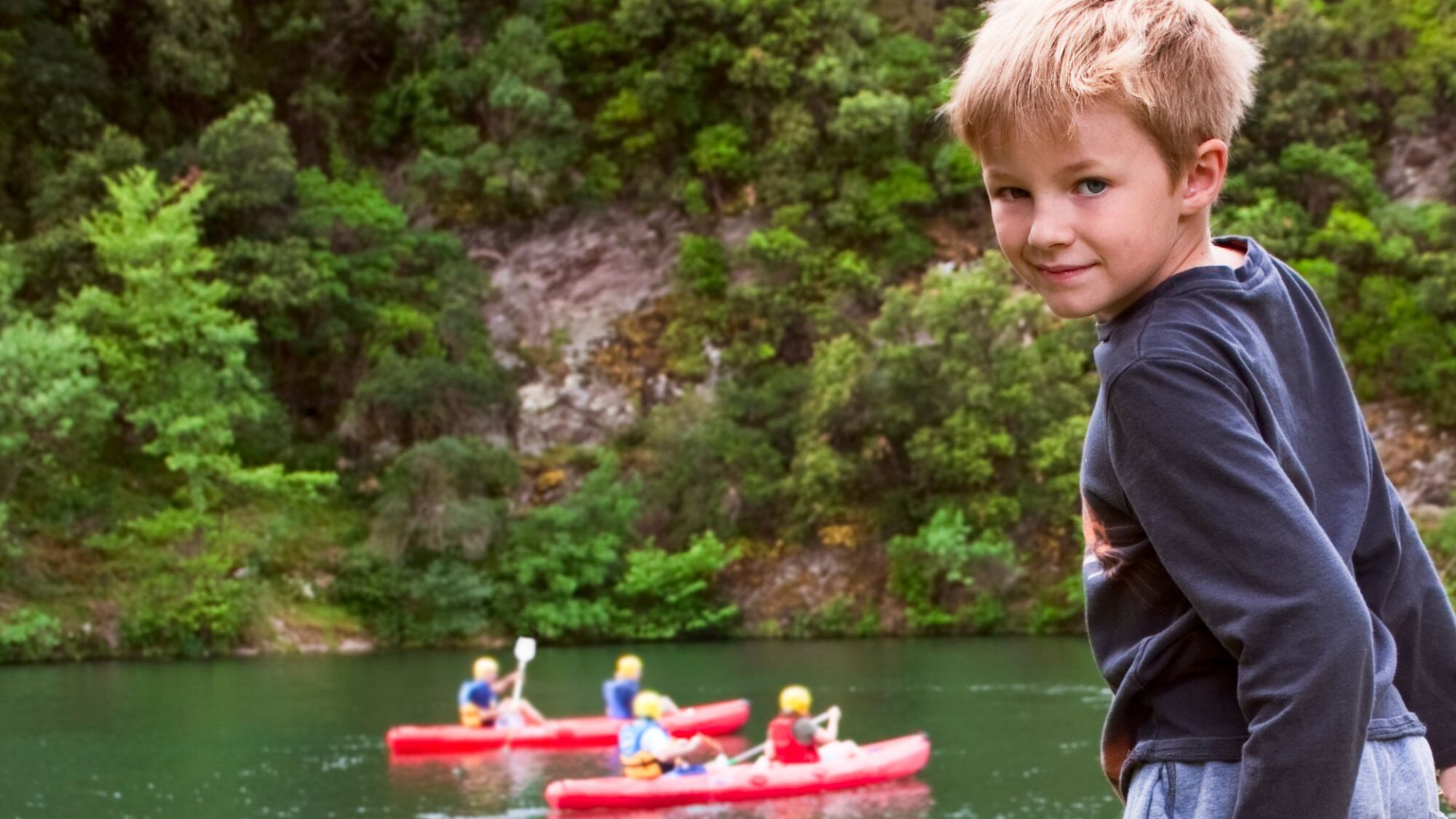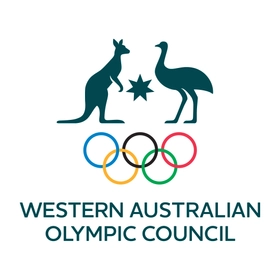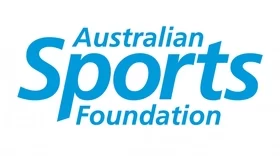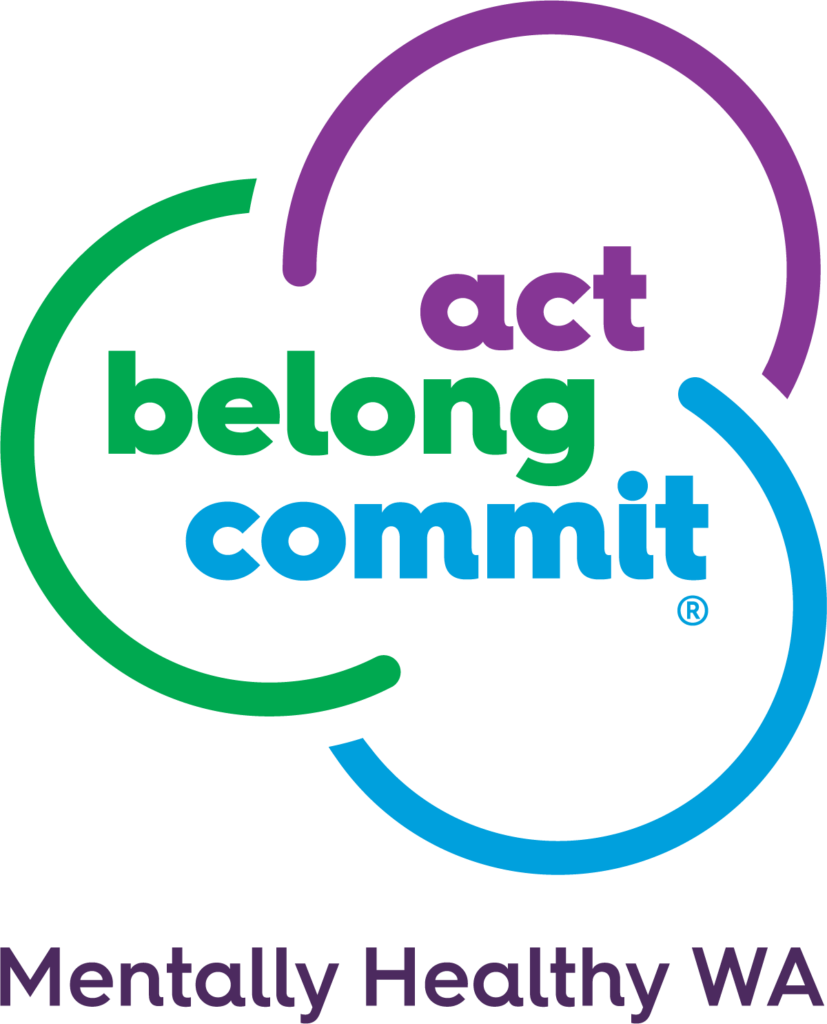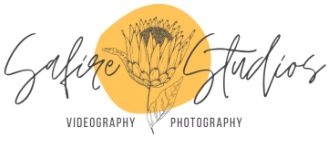What do you do when they say they want to paddle?
It’s likely you will start as a recreational paddler. This is who you see enjoying a relaxing paddle on our beautiful waterways. It’s people having a great time on our rivers, lakes and sheltered bays. If you are a beginner paddler we recommend your first paddle is on a sheltered body of water. You want to be sheltered from the wind and waves. We also suggest you watch our DLGSC Foundations of Paddling instructional videos, to introduce you to basic paddling skills. We highly recommend completing an Introductory Paddling Course if you have the time and interest. We occasionally offer a Basic Skills Course and some of our clubs provide Introductory courses.
You could also start as a competitive paddler and go straight to weekend racing – usually through a club pathway. There are many paddle sports you can try, such as Sprint, Slalom, Marathon, Wildwater, Sea Kayaking and more.
No matter if you are recreational or competitive, paddling helps improve your mental health and stress levels. Paddling combines cardiovascular activity with low-impact strength training for an all-around workout. Even the most leisurely paddle will give you an excellent aerobic workout.
What do I need?
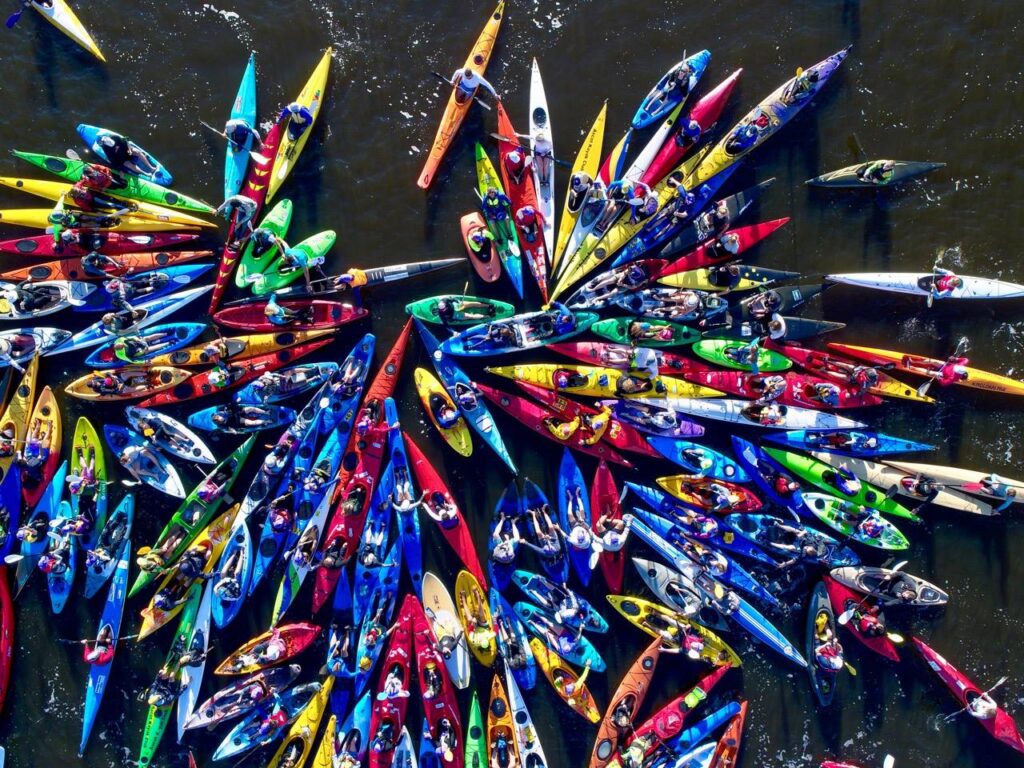
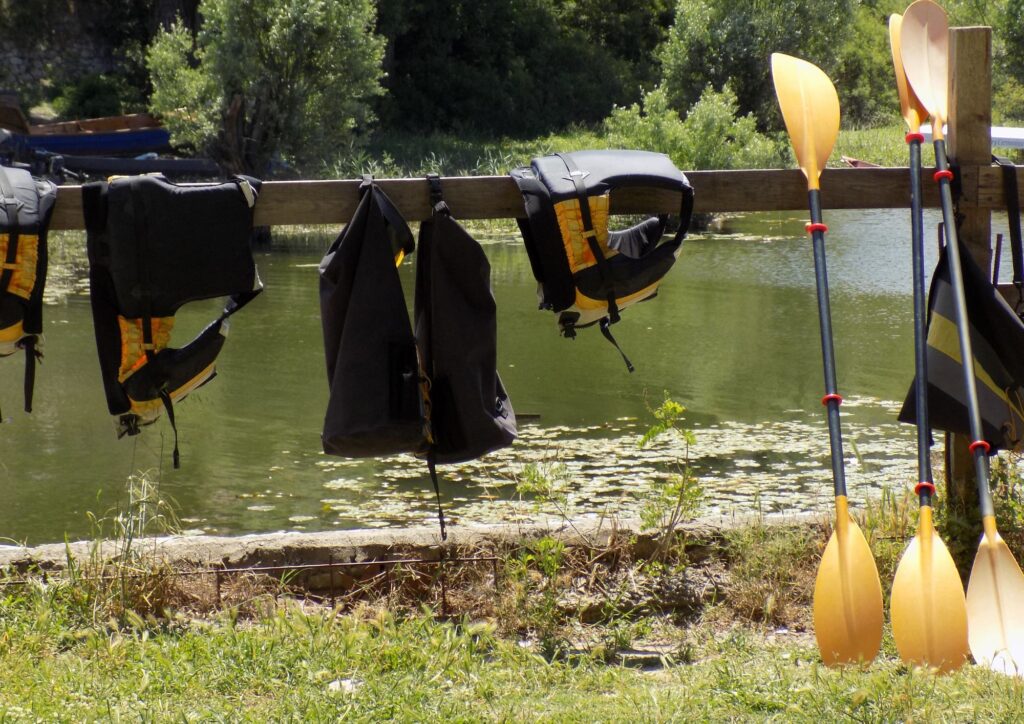
The equipment requirements will change depending on the location and type of paddling you plan to do, however, the essential items you will always need are:
- Kayak, Canoe, Guppy* or Sit-on-top
- Paddle
- Life jacket
- Clothing that can get wet. Thermals, wetsuits and non-cotton-based garments will keep you warm
- Footwear that can get wet, such as wetsuit booties
- 360° light for low-light and dark conditions
- Drinking water, hat and sunscreen
- Spray deck for sit-in craft (optional)
* Children as young as seven can begin their journey in a type of kayak called a ‘Guppy’. These kayaks are specifically designed for children, are stable to paddle, easy to carry, great for learning essential river skills in, and is the perfect introduction to kayak racing.
Additional Items, which are very handy to have, can be easy to carry or packed in a waterproof bag can include:
- First aid kit
- Repair kit (tape, cable ties, scissors)
- High energy food
- Spare clothes
- Mobile phone
- Money for coffee or food
- GPS or activity tracker watch, it’s a great idea to know how far you paddled
Where can I get it?
Most of our clubs have craft you can use while you are starting out.
We recommend trying craft before buying to ensure that it is fit for purpose.
There are a number of dedicated paddling stores in WA which can be a one stop shop for all your paddling gear from craft to clothing. These stores and their teams are a valuable resource. They have extensive knowledge and experience about all aspects of paddling. In addition to these, camping and outdoor stores also offer paddling equipment and craft.
Consider your purchase wisely as craft are made to last for many years, as does good quality clothing and equipment.
Where do I keep it?
Many of our clubs have storage facilities on site adjacent to a launch area. They can also give valuable advice on how you can store your craft at home, and various transport options.
What else do I need to know?
Safety First
Here are a few tips to ensure you are safe out on the water. These cover your boat and equipment, things to check and think about before you get on the water.
- We recommend wearing a life jacket
- Make sure you are clearly visible when on the water
- Wear bright clothing, and where appropriate, pick a light-coloured craft
- Display a light when paddling in the dark or low light
- Consider reflective tape to increase visibility
- Keep your equipment in good condition
Before You Go Paddling
- Check weather and tidal conditions before you head out and adjust your plans accordingly
- Pick a suitable craft for the conditions and location and set it up for your needs before you start paddling
- Make sure that you will be paddling within your abilities, feel confident on the water and remain in control of your craft
- Secure any loose equipment to improve your stability
While On The Water
- Paddlers have great visibility of their surroundings so we keep and an eye on everyone and everything
- Stay close to your paddling group
- Be aware of surrounding vessels, which can include other paddlers, rowing skull, jet skis and larger powered watercraft
- When passing other craft, keep to the starboard side (right-hand) of the channel
Most of all, have fun, create memorable experiences and enjoy the adventure.
Where can I Paddle in Western Australia?
There are so many waterways to paddling in WA, it is easier for us to mention the couple of areas you can’t paddle. In the Perth Metropolitan area on the Swan River you can’t paddle in the ski area in front of Burswood Park and the Jet Ski area near Narrows Bridge.
To ensure you can paddle as many places as possible Paddle WA works closely with government organisations responsible for waterway access, including disability access.
There are a few sites that are a good resource of where to paddle in WA. See useful links below.
Want to know more?
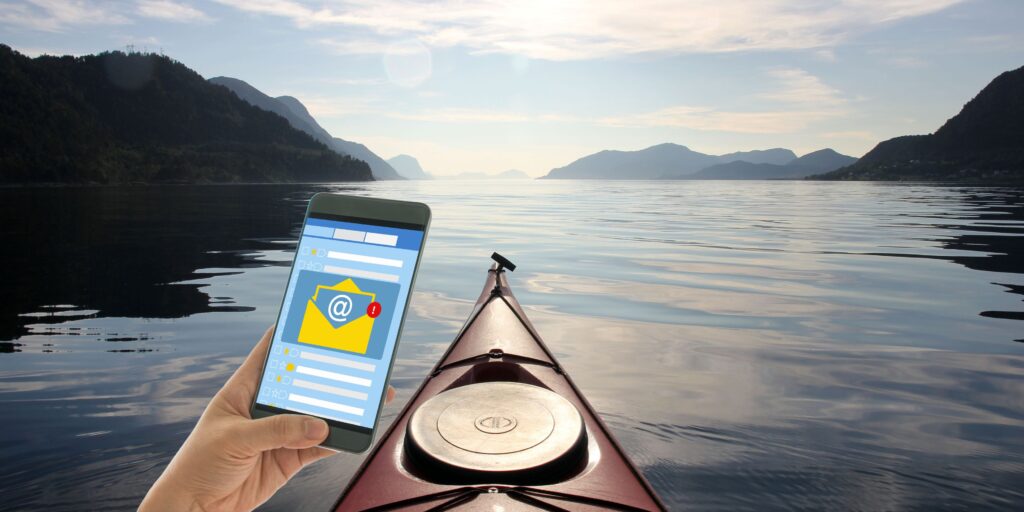
Subscribe
Get our regular Paddle WA Newsletter delivered direct to your inbox and discover the joys of paddling Western Australia’s beautiful waterways.
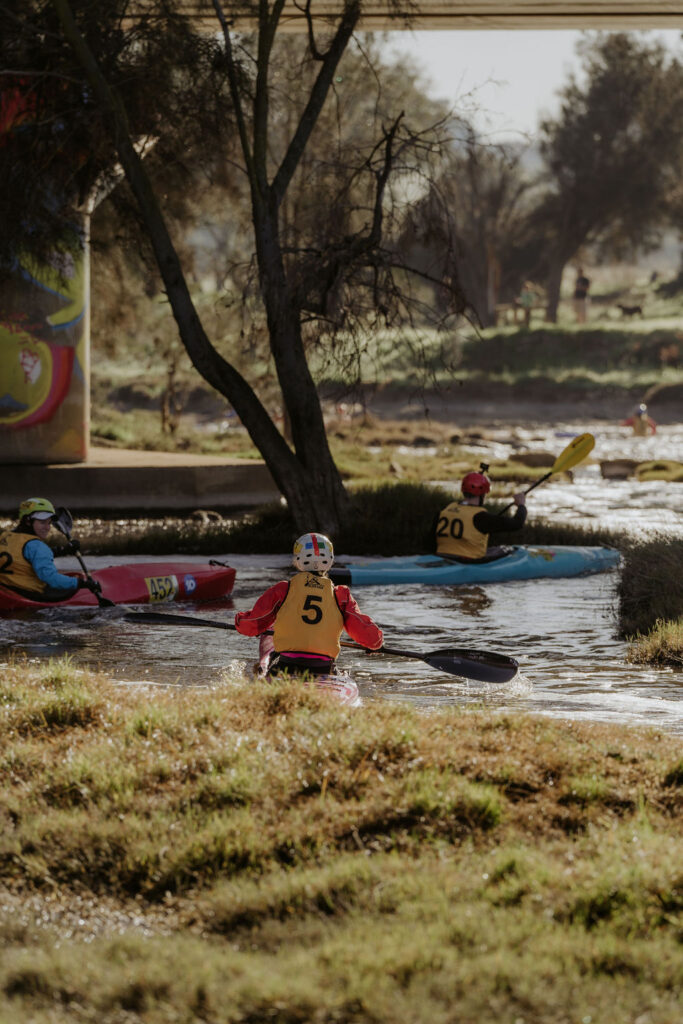
Follow
Join our social media community for paddling news, events and fun!
